In the ever-evolving landscape of television, spinoffs have become a common phenomenon, offering audiences a chance to delve deeper into the worlds of their favorite shows. However, not every attempt to expand on a successful series has been met with triumph. In fact, the small screen has seen its fair share of spinoffs that failed to capture the essence or success of their predecessors, leaving viewers disappointed and networks scrambling for damage control. From misguided concepts to lackluster performances, join us on a journey through the 20 worst TV spinoffs that not only fell short of expectations but also left an indelible mark on the landscape of television history as major flops.
The List of the 20 Worst TV Spin Offs That Flopped
1. “Mr. T and Tina” (1976)
“Welcome Back, Kotter” spin-off
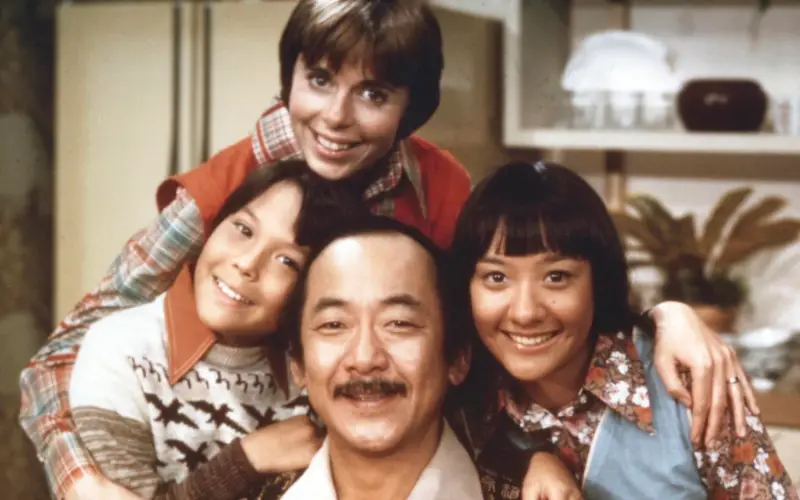
This infamous program fell so hard into obscurity that we could barely find any footage of it. The series followed Pat Morita as an inventor named Taro Takahashi who leaves Japan to live in Chicago. Although the writers made 8 versions of the pilot, early test audiences still weren’t jazzed about it. Critics felt like Takahashi was written into plots that promoted negative stereotypes about Japanese people. His co-lead Susan Blanchard’s character was so disliked that her role was cut back between pilots. In the end, ABC only managed to put five episodes out before pulling the plug.. Who knew that a combo of bad writing and a character who audiences saw in a single episode of “Welcome Back, Kotter” wouldn’t lead to success?
2. “Sanford Arms” (1977)
“Sanford & Sons” spin-off

After the departure of the two leads from “Sanford & Sons,” NBC attempted to forge ahead without them through a spinoff. In the new show, an original character named Phil endeavors to establish a home rental business while residing in the house previously occupied by the main characters. The premise served as a poignant metaphor for what fans found problematic with the series. Instead of striving to emerge from the shadow of the original program, “Sanford Arms” opted to double down on familiar elements. The presence of supporting characters from the original show only served to remind viewers of the absent leads, and the humor fell short of charming fans. Eight episodes into its run, “Sanford Arms” closed its doors for business.
3. “Mrs. Columbo” (1979-80)
“Columbo” spin-off
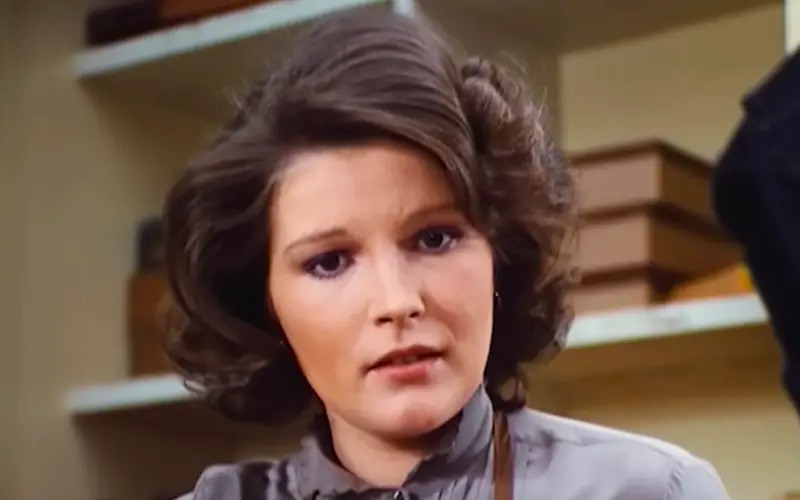
Given the immense popularity of the hardboiled Columbo character among fans, executives logically decided to greenlight a series that follows his wife while he remains offscreen. Coincidentally, she possesses a talent for solving mysteries that rivals her husband’s. However, neither fans nor “Columbo” actor Peter Falk were pleased with this premise. Those who managed to overlook its problematic setup encountered a mediocre mystery show lacking the distinctive personality that originally captivated audiences. Overall, “Mrs. Columbo” strayed so far from its predecessor’s concept that a renaming might have been more appropriate. The franchise later exacerbated the wounds of the failed show by strongly suggesting that the spinoff wasn’t considered canon.
4. “Galactica 1980” (1980)
“Battlestar Galactica” spin-off
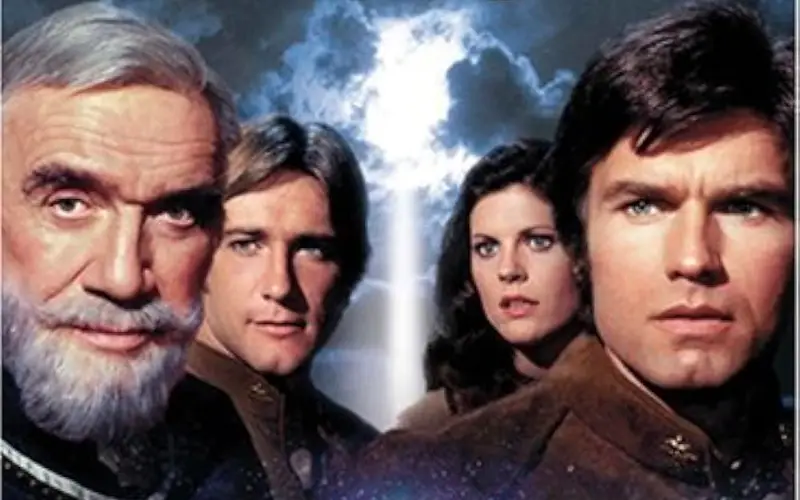
When the original “Battlestar Galactica” series faced an early cancellation, fans advocated for ABC to grant the show a second chance. However, viewers soon regretted their wish. In an effort to produce the spin-off “Galactica 1980” on a budget, the network either cut or replaced beloved characters. While the parent series revolved around a civilization escaping an enemy in space, the new show shifted its focus to events on Earth. The fish-out-of-water premise failed to capture the dramatic weight of the franchise’s earlier adventures, and viewers were displeased to witness the dismissal or complete neglect of characters they had grown to love. After navigating through an asteroid field filled with negative feedback, “Galactica 1980” was canceled after its tenth episode.
5. “The Brady Brides” (1981)
“The Brady Bunch” spin-off
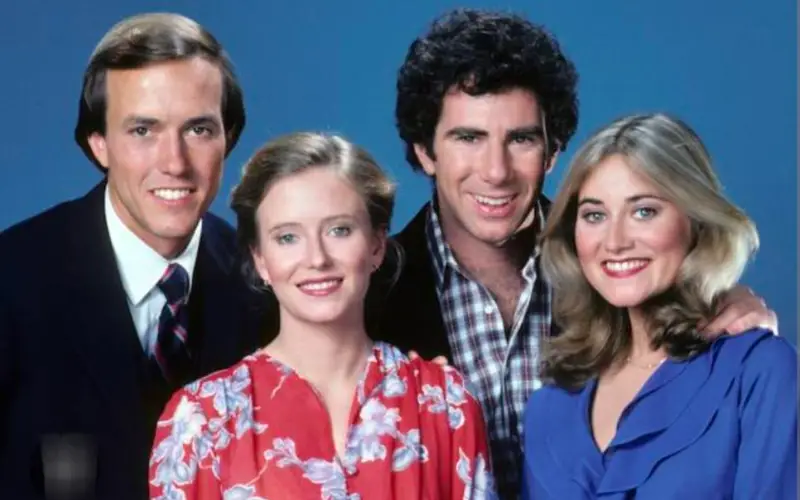
Shortly after Marcia and Jan Brady each tie the knot with their respective husbands, the four of them decide to cut costs by cohabitating. Given the sisters’ amiable and largely aligned personalities, their scenes became rather predictable and lacked depth. The show attempted to generate most of its comedy by juxtaposing Jan’s straight-laced husband against Marcia’s free-spirited spouse. However, the writers failed to inject enough innovation into this well-worn formula to make it feel fresh. The laughter elicited from the live studio audience didn’t quite match the viewers’ enthusiasm at home. Unfortunately for the Brady sisters, their endeavor to spin off into their own series stalled after just 10 episodes.
6. “Checking In” (1981)
“The Jeffersons” spin-off
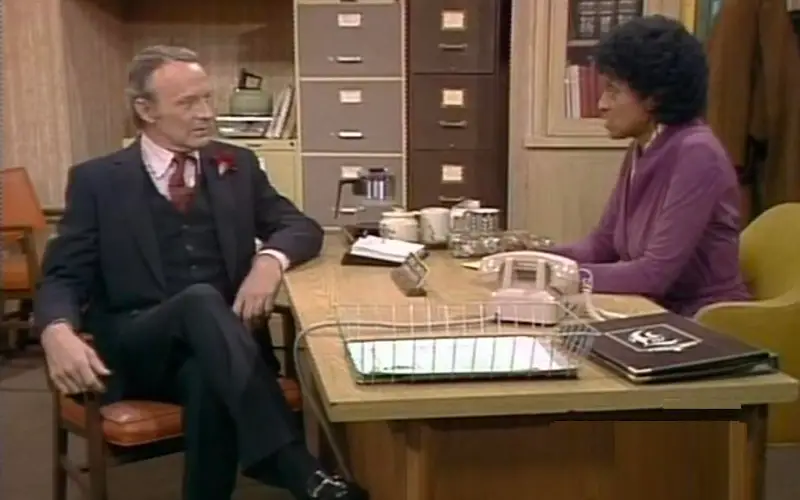
Following Florence the maid’s breakout success as a supporting character on “The Jeffersons,” executives opted to grant her the opportunity to lead her own series. In “Checking In,” she ascended to the role of managing the eccentric staff of an upscale hotel. Florence remained as funny and quippy as ever. Unfortunately, the characters surrounding her failed to meet the same standard. Despite the vast potential of having an entire hotel as a setting, characters found themselves confined to dreary offices for extended periods. The network pulled the plug on the show after just four episodes. Fortunately, Florence was able to reclaim her former position on the “Jeffersons” after executives made it clear that her hotel and show had metaphorically burned down.
7. “Joanie Loves Chachi” (1982-83)
“Happy Days” spin-off
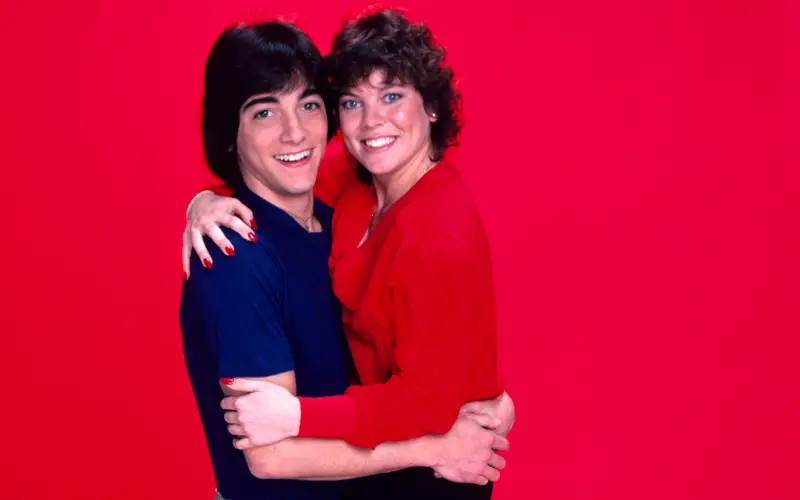
While the success of “Happy Days” resulted in seven spinoffs of varying quality, “Joanie Loves Chachi” stands out as the most infamous among them. This sitcom centered around a couple striving for music stardom in a new city. Despite the intention for their bandmates and friends to be eccentric, the majority of them came across as simply annoying. While Joanie and Chachi were exceptional within the “Happy Days” ensemble, they failed to capture the same dynamism as co-leads. The writing also took a noticeable downturn after the initial handful of episodes. Following a decline in ratings, this duo of lovebirds and songbirds were swiftly returned to Milwaukee to assist in wrapping up the story on “Happy Days.”
8. “AfterMASH” (1983-85)
“M*A*S*H” spin-off
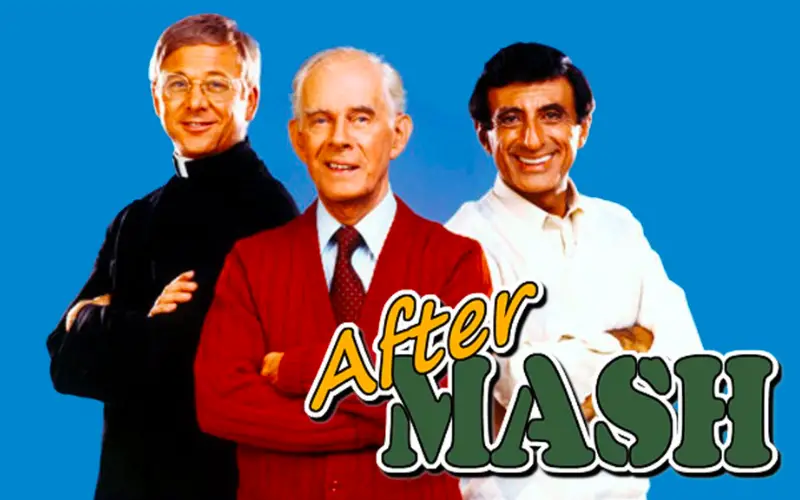
In “AfterMASH,” three characters from the cherished original series transitioned from the Korean War setting to working in a veteran’s hospital. Despite the new program’s attempt to capture the mix of drama and comedy that defined the original, it failed to resonate. The returning characters lacked the chemistry needed to match the classic ensemble. Furthermore, the decision to reintroduce the laugh track resulted in moments ranging from uncomfortable to unwatchable. While “AfterMASH” had a few redeeming moments, fans gravitated towards other shows with relatively fresher concepts. A substantial decline in ratings during the second season led to the show’s cancellation right in the midst of its run, and it was discharged from television.
9. “The Tortellis” (1987)
“Cheers” spin-off
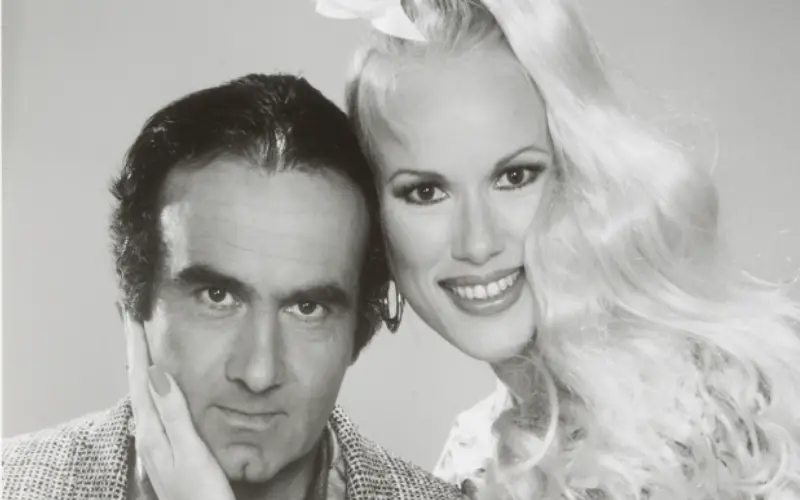
In the opening of this pilot, Nick Tortelli envisions himself condemned to hell for infidelity to his wife Loretta in real life. Surprisingly, the situation doesn’t improve from there. Nick possesses so few redeeming qualities that there’s little inclination to root for his success in love or business. His co-lead, Loretta, is written as such an airhead that she comes across more like a cartoon than a fully developed character. Add in a convoluted plot where Nick, his wife, and son end up living in their sister-in-law’s house in Vegas, and you have all the elements for a disastrous spinoff. Fans found the Tortellis too obnoxious to watch, and this family encountered no luck with audiences beyond the confines of the “Cheers” bar.
10. “Living Dolls” (1989)
“Who’s the Boss?” spin-off
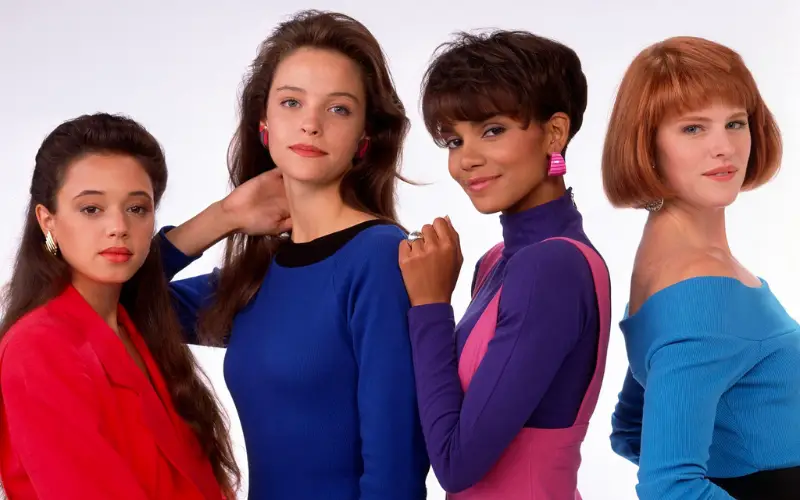
How can one waste the talents of acclaimed actresses such as Halle Berry and Leah Remini? Simply place them in a subpar spinoff. In “Living Dolls,” both actresses portrayed young women residing in a house with other aspiring models and a strict yet nurturing mother figure. The jokes about the industry fell flat, and the show occasionally mocked the harmful aspects of societal pressures faced by models. However, what truly deterred viewers was the tenuous connection to the original. A couple of characters coincidentally knew people from “Who’s the Boss?” This feeble link between the shows failed to persuade audiences to give the new spinoff a second glance.
11. “Booker” (1989-90)
“21 Jump Street” spin-off
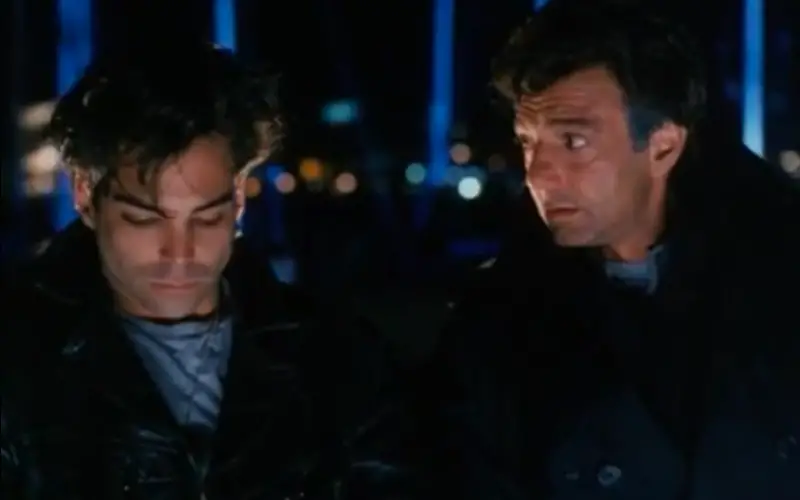
While on “21 Jump Street,” Dennis Booker engaged in undercover operations with fellow officers to apprehend criminals. Following his departure from the force and the launch of his own show, he exchanged a police badge for a position at a major insurance company. The writers aimed to utilize this setup as a framing device for Booker to delve into a diverse array of cases. However, the premise lacked the strength to justify the haphazard series of adventures he embarked upon. Critics deemed the cases either uninteresting or derivative of superior works. After a tumultuous season, Booker was compelled into retirement.
12. “Models Inc.” (1994-95)
“Melrose Place” spin-off
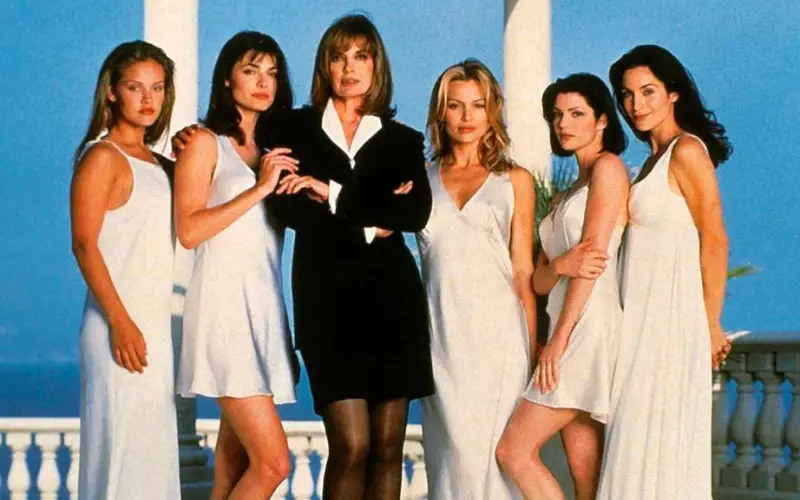
In the future, a model-centric spinoff of a popular series might enjoy six seasons and a movie. Until then, missteps like “Models Inc.” illustrate the flaws inherent in this very specific formula. This drama aimed to blend the day-to-day struggles of its characters with a murder mystery. Although it commenced in a relatively realistic manner, the show progressively became more absurd as the season unfolded. The plotlines delved into everything from hired killers to mysterious doppelgangers of deceased characters. Apart from its ludicrous narratives, the series failed to handle serious issues with the nuance they warranted. Coupled with lackluster performances from the cast, there was minimal incentive for viewers to tune into this “Melrose Place” spinoff.
13. “Baywatch Nights” (1995-97)
“Baywatch” spin-off
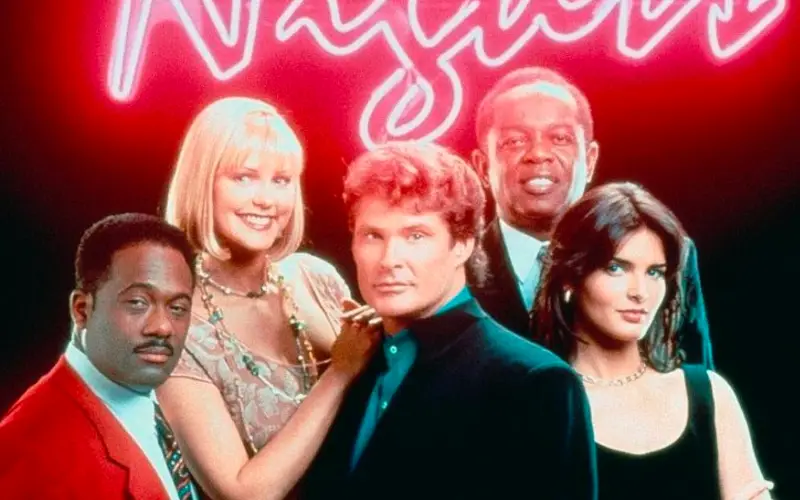
Accepting the transition of Mitch from the lifeguard drama “Baywatch” to the role of a private investigator was already a stretch. As audiences grappled with this concept, the spinoff underwent a complete tonal shift, transforming into a mysterious and eerie series. “Baywatch Nights” introduced paranormal elements to the familiar beaches of Los Angeles and beyond. Despite its aspirations to emulate the success of “The X-Files,” the mysteries presented were not captivating enough. More significantly, the show’s tone had veered so far from its origin that Mitch felt out of place in his own narrative. Viewers collectively agreed that the lifeguard should stick to saving people during the day instead of struggling through the enigmatic world of “Baywatch Nights.”
14. “Highlander: The Raven” (1998-99)
“Highlander: The Series” spin-off
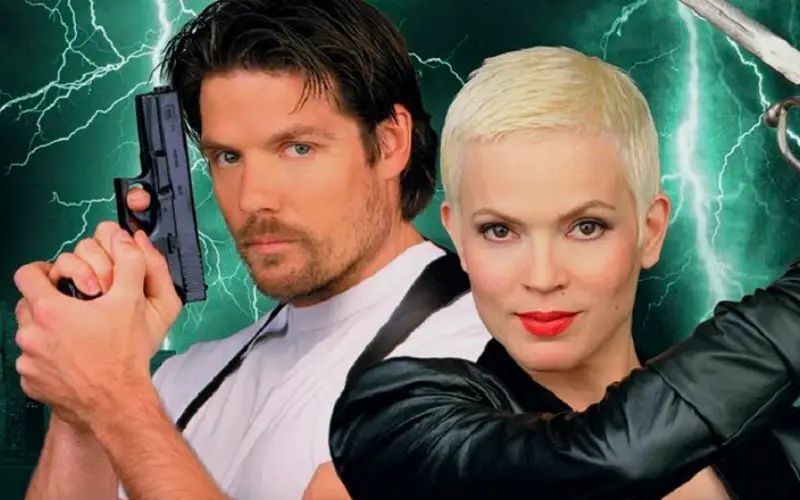
If you weren’t aware that the cult classic film “Highlander” had an original TV series, it’s likely you’ve never encountered the ill-fated female-led spinoff. In the pilot episode of “Highlander: The Raven,” the main character, Amanda, initially exploits her immortality for personal gain. However, she undergoes a transformative experience when an officer sacrifices himself to save her. Despite a compelling premise, viewers found the character writing to be notably weak. Amanda and her partner, caught in a will-they-won’t-they dynamic, failed to come across as fully developed and three-dimensional individuals. While the heroine may live indefinitely, the show’s legacy is likely to be forgotten with the passage of time.
15. “Joey” (2004-06)
“Friends” spin-off

NBC was eager to sustain the “Friends” magic through a spinoff featuring the endearing yet dimwitted character Joey, portrayed by Matt LeBlanc. While the character retained his charm and humor, the supporting cast and writing failed to match the strength of the original. Characters like his sharp sister Gina and best friend Zach came across as pale imitations of iconic figures like Monica and Ross. Furthermore, Joey’s acting pursuits, which had worked well as subplots on “Friends,” proved less gripping when elevated to the main focus. Although initially drawing in curious fans, the ratings steadily declined throughout the second season, leading to its cancellation. “Joey” transitioned from a promising show to a cautionary tale about the potential pitfalls of spinoffs.
16. “Once Upon A Time In Wonderland” (2013-14)
“Once Upon a Time” spin-off
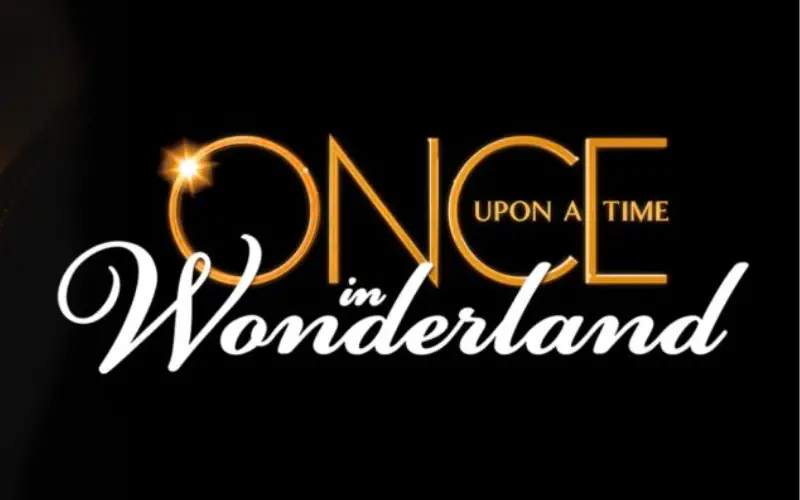
Two years after Disney successfully launched a series that reimagined a multitude of characters from its extensive lineup, the decision was made to streamline the focus onto Alice. The Wonderland show dedicated itself to a darker tone and a more concentrated exploration of the heroine’s narrative. Regrettably, Alice’s spin-off lacked the strength to stand on its own. Despite the possibility for Disney characters to continue crossing over, the narrowed spotlight on Alice resulted in fewer guest appearances. The narrative was further encumbered by a romantic plot that took an extended time to unfold. Additionally, the CGI didn’t match the sharp quality seen in contemporary shows. With “Once Upon A Time” concurrently airing, viewers lacked sufficient motivation to consistently engage with Wonderland.
17. “CSI: Cyber” (2015-16)
“CSI: Crime Scene Investigation” spin-off

“CSI: Cyber” attempted to transition the franchise from the morgue to the realm of digital crimes, but it encountered a formidable wall of criticism. The series was saturated with computer jargon, necessitating pauses to elucidate technical terms. Viewers found the spectacle of characters peering curiously at laptops while delivering exposition far less captivating than the examination of bodies in morgues. Despite an effort to inject new life into the show in its second season by introducing the dependable Ted Danson, his talents proved insufficient to attract a consistent audience. With a combination of unfavorable critical reviews, fluctuating viewership, and a brief run, “CSI: Cyber” stands unequivocally as the least successful CSI spinoff.
18. “Criminal Minds: Beyond Borders” (2016-17)
“Criminal Minds” spin-off
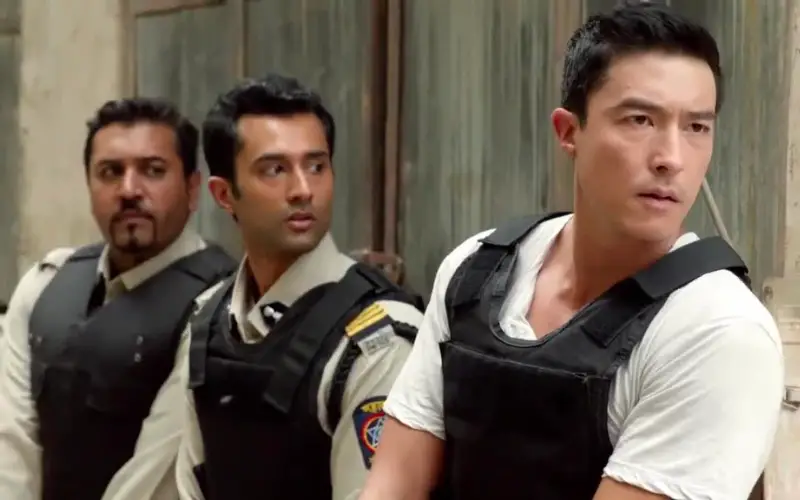
The very premise of this show proved sufficient to repel hordes of viewers from the spin-off. While “Criminal Minds” primarily focused on serial criminals within the United States, “Beyond Borders” sought to explore the viability of the concept on an international scale. As the main characters of the spinoff tackled cases involving American victims abroad, the adversaries were predominantly non-American, resulting in the show being perceived as largely xenophobic. Upon delving into the series, audiences discovered episodes riddled with inexpensive cultural stereotypes and generalizations. Even disregarding the problematic premise, the characters failed to engage viewers. The show swiftly met its demise, facing widespread criticism for nearly every aspect of its existence.
19. “The Blacklist: Redemption” (2017)
“The Blacklist” spin-off

We grasped NBC’s desire to expand the universe of this beloved thriller following the original’s overwhelming success. However, it’s somewhat challenging to fathom why they fashioned “Redemption” to closely resemble its predecessor. Both series revolve around the interplay between a special agent and a parental figure. Furthermore, in “Redemption,” characters pursue high-caliber criminals while unraveling a broader conspiracy. Compounding the issue, the protagonists of the spinoff lacked the compelling nature found in the parent show’s cast. The most egregious flaw of “Redemption” was its failure to distinguish itself adequately from a superior version that was still in production. There simply wasn’t sufficient justification for audiences to invest time in two iterations of the same product.
20. “The Walking Dead: World Beyond” (2020-21)
“The Walking Dead” spin-off
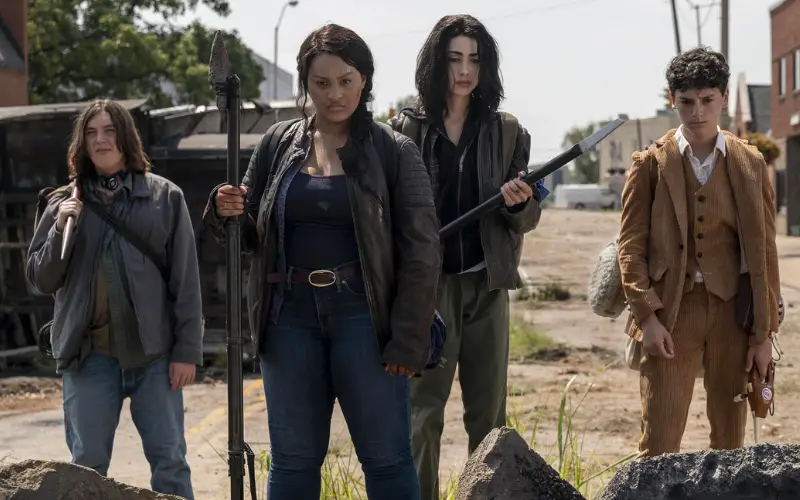
Set in the same world infested with zombies as the original post-apocalyptic sensation, The World Beyond followed the escapades of four teenagers embarking on a cross-country journey. The series also pledged to delve deeper into “The Walking Dead” universe, unraveling franchise mysteries along the way. Regrettably, the show leaned more towards teenage drama than exploring the thrilling potential of its premise. Despite commendable performances from the lead actors, their characters failed to captivate audiences as much as franchise stalwarts like Rick Grimes and Daryl Dixon. The ultimate downfall was the sluggish pace of the main storyline, moving slower than a decaying zombie. In the end, The World Beyond lacked the vitality to win over fans.
Conclusion
In the realm of television, spinoffs are a daring venture, attempting to carve out a niche within the established legacy of beloved shows. As we wrap up our exploration of the 20 worst TV spinoffs that fell flat, it becomes evident that not every extension of a successful series can replicate the magic that made its predecessor a hit. Whether marred by weak writing, unconvincing characters, or misguided attempts to recapture the essence of the original, these spinoffs stand as cautionary tales in the ever-evolving world of television production. As viewers, we appreciate the risk-taking spirit that drives these endeavors, but we also acknowledge the importance of striking the delicate balance between homage and innovation to create a spinoff that resonates with audiences and, ultimately, secures its own place in the pantheon of television success.
